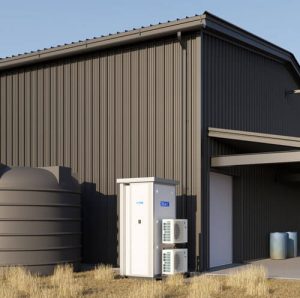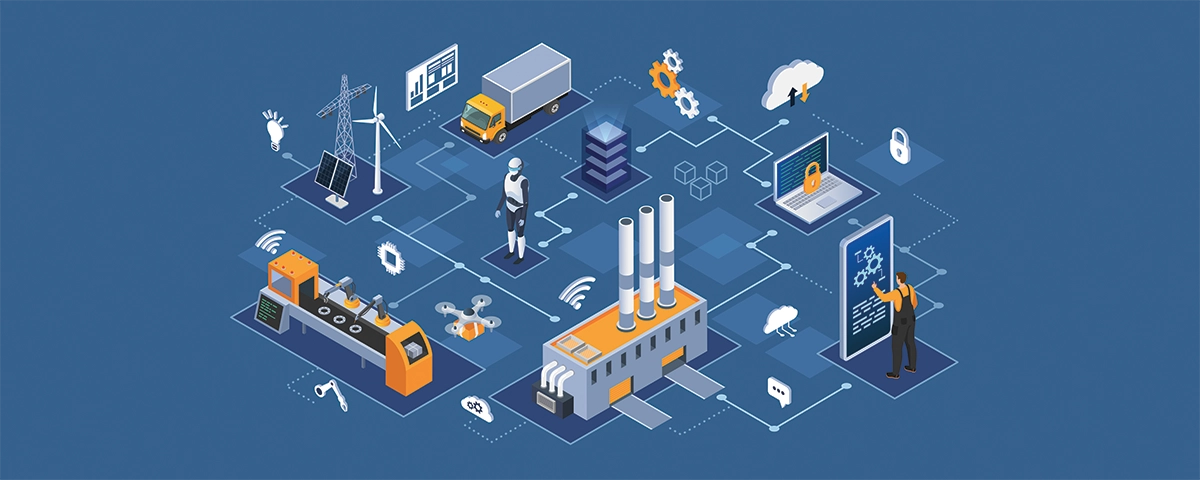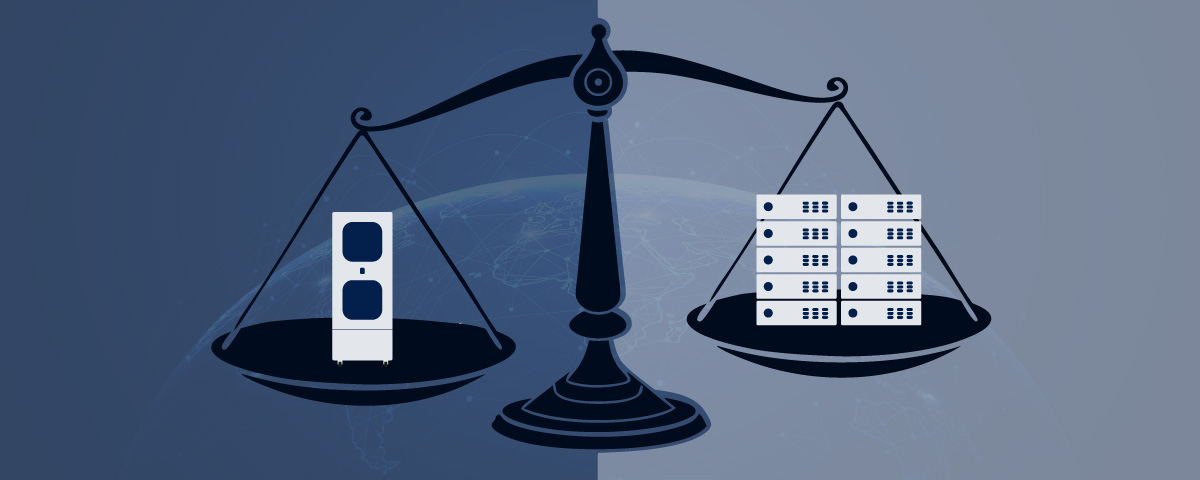In the ever-expanding landscape of digital infrastructure, edge data centres stand out as crucial nodes powering the next generation of connectivity and computing. These centres represent a paradigm shift in how we process and store data, bringing resources closer to the point of consumption and enabling a wide array of innovative applications. Let’s delve into the world of edge data centres and uncover their significance in shaping the future of technology.
Understanding edge data centres
At its core, an edge data centre is a decentralised computing facility designed to deliver low-latency services and applications to end-users and devices. Unlike traditional data centres that centralise processing and storage in a few locations, edge data centres distribute resources across a network of geographically dispersed locations. This proximity to users and devices minimises latency and bandwidth constraints, resulting in faster response times and improved user experiences.
 The power of proximity
The power of proximity
The versatility of edge data centres is reflected in their diverse range of use cases across various industries. In the realm of IoT (Internet of Things), edge computing enables real-time data analysis and decision-making for connected devices, from smart homes to industrial sensors. Autonomous vehicles rely on edge data centres to process sensor data and make split-second decisions, enhancing safety and efficiency on the roads.
Other sectors, such as healthcare, gaming, and retail, benefit from the agility and responsiveness of edge computing. Telemedicine platforms leverage edge data centres to deliver remote consultations and diagnostic services with minimal latency, while online gaming platforms provide immersive experiences powered by low-latency multiplayer gaming environments.
Scalability, flexibility, and resilience
The architecture of edge data centres emphasises scalability, flexibility, and resilience. These facilities deploy modular designs that allow for rapid deployment and expansion as demand grows. Edge computing infrastructure often incorporates technologies like containerisation and micro-services to optimise resource utilisation and streamline application deployment.
Moreover, edge data centres prioritise data security and privacy, implementing robust encryption and access control mechanisms to safeguard sensitive information at the network edge.
Towards a sustainable future
As we embrace the potential of edge computing, it’s essential to consider its environmental impact. Edge data centres have the potential to reduce energy consumption and carbon emissions by optimising resource utilisation and minimising data transmission over long distances.
By adopting sustainable practices and investing in energy-efficient infrastructure, the industry can mitigate its environmental footprint while advancing technological innovation.
The road ahead
The journey towards a fully interconnected, edge-driven future is filled with possibilities and challenges alike. Edge data centres represent a pivotal element in this journey, empowering organisations to unlock new opportunities and deliver transformative experiences to users worldwide. As technology continues to evolve, so too will the role of edge computing in shaping our digital landscape.
Edge data centres are not just infrastructure; they are enablers of innovation, driving the convergence of technology and human experience in profound ways. By embracing the potential of edge computing and collaborating across industries, we can chart a course towards a more connected, resilient, and inclusive future.
Get in touch to find out how our products are the ideal choice for your edge deployments.
Read on
- Browse other articles on edge computing
- Find out more about our edge-ready data centres
- Learn how to control your equipment at the edge with Zella Sense
Key takeaways
- Decentralisation and low-latency – Edge data centres decentralise computing facilities, bringing them closer to end-users to deliver low-latency services and applications, enhancing speed and user experience.
- Support for IoT and autonomous vehicles – Edge data centres enable real-time data analysis and decision-making for IoT devices and autonomous vehicles by processing data near the source.
- Benefits across industries – Various sectors including healthcare, gaming, and retail benefit from edge computing through improved agility, responsiveness, and immersive user experiences.
- Scalability and flexibility – Edge data centres feature modular designs for easy expansion, employ technologies like containerisation for efficient resource use, and prioritise data security and privacy.
- Environmental considerations – Edge data centres offer the potential to reduce energy consumption and carbon emissions through optimised resource utilisation and reduced data transmission distances.





